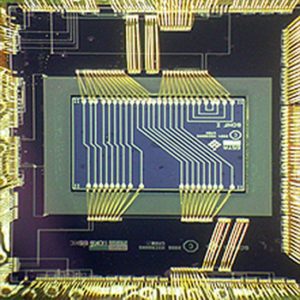Unlock TMS320F28022 Microcontroller Flash Data
Flash EEPROM provides an attractive alternative to masked program ROM which can be more difficult when Break IC. Like ROM, flash is a nonvolatile memory type; however, it has the advantage of “in-target” reprogrammability which bring a lot of difficulty when Unlock TMS320F28022 Microcontroller Flash Data. The TMS320F240 incorporates one 16K 16-bit flash EEPROM module in program space. This type of memory expands the capabilities of the TMS320F240 in the areas of prototyping, early field-testing, and single-chip applications.
Unlike most discrete flash memory, the ’F240 flash does not require a dedicated state machine, because the algorithms for programming and erasing the flash are executed by the DSP core. This enables several advantages, including: reduced chip size and sophisticated, adaptive algorithms only after ST ST62T10 Embedded Code Unlocking. For production programming, the IEEE Standard 1149.1 (JTAG) scan port provides easy access to the on-chip RAM for downloading the algorithms and flash code.
Other key features of the flash include zero-wait-state access rate and single 5-V power supply. An erased bit in the TMS320F240 flash is read as a logic 1, and a programmed bit is read as a logic 0. The flash requires a block-erase of the entire 16K module; however, any combination of bits can be programmed after Unlock MCU PIC16C622A Software. The following four algorithms are required for flash operations: clear, erase, flash-write, and program.
For an explanation of these algorithms and a complete description of the flash EEPROM, see the TMS320F20x/F24x DSPs Embedded Flash Memory Technical Reference (literature number SPRU282), which is available during the 2nd quarter of 1998.
The on-chip flash is shipped with a serial bootloader code programmed at the following addresses: 0x0000–0x00FFh. All other flash addresses are in an erased state. The serial bootloader can be used to program the on-chip Flash memory with user’s code for the purpose of Copy MC68HC05H12 Eeprom Memory Program.
During the Flash programming sequence, the on-chip data RAM is used to load and execute the clear, erase, and program algorithms. See the TMS320F240 Serial Bootloader application report (currently located at ftp://ftp.ti.com/pub/tms320bbs/c24xfiles/f240boot.pdf to understand on-chip flash programming using the serial bootloader code. Look for further C2000 information using the DSP link at www.ti.com.


